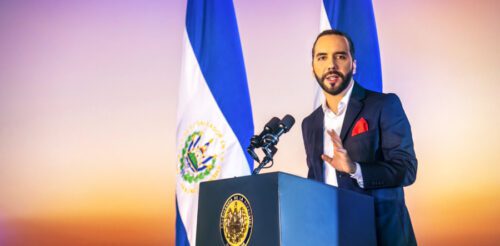El Salvador culture is a fusion of Spanish and Native American cultures that began during colonial times. Salvadoran culture today is shaped by Northern American, Latin American, and European influences.
In the last 40-plus years, over 3 million Salvadorans have lived outside the country for an extended period in the United States, Canada, and many European and Latin American countries.
A large percentage of these Salvadorans have returned to El Salvador and brought part of those cultures into the country.
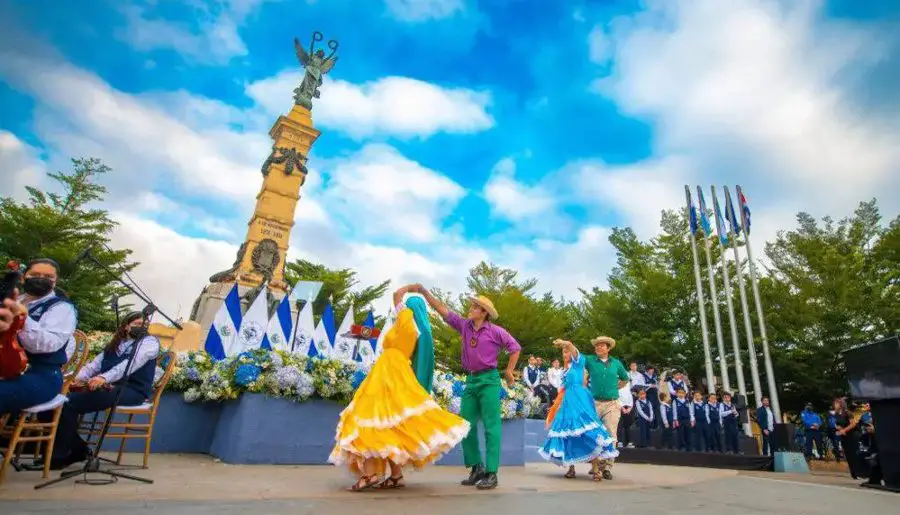
The people
Salvadorans are family-oriented, friendly, kind, and religious. Family life is a significant component of Salvadorans. In this culture, it is common for the elderly not to live alone; usually, they move in with one of their kids. Additionally, families tend to live near each other; this is more visible in smaller towns.
Salvadorans are friendly and kind; yes, that is correct. Salvadorans will go out of their way to make anyone feel welcome in their homes and communities; they will also help anyone in need, even when they barely have anything to offer.
Lastly, Salvadorans are very religious people. Most homes in El Salvador have religious artifacts to show their devotion. Also, Sunday is a day when most Salvadorans go to church, temples, or other worship places.
Nicknames for Salvadorans
Nicknames are a big part of El Salvador culture! Most Salvadorans have a nickname given to them by friends or family. Usually, this nickname is a term of endearment.
Guanacos, Salvatruchos, and Cuscatlecos are the nicknames commonly used to call Salvadorans. Salvi is another typical nickname predominantly used in the United States by first-generation Salvadorans born in the US.
The most commonly used nickname for Salvadorans is Gaunacos, Guanaca for females, and Guanaco for males. Most Salvadorans will not have an issue when referred to by this nickname.
Salvatruchos or Salvatruchas is another nickname for Salvadorans; however, this nickname is considered derogatory by a large percentage of Salvadorans. Furthermore, it is the name associated with the international gang Mara Salvatrucha (MS-13).
Cuscatleco is a nickname used by the older Salvadoran generations, particularly those born in El Salvador; this nickname is hardly used in El Salvador.
The last nickname is Salvi, a term used by those born in the United States. By the way, Salvadorans born in El Salvador do not like it when referred to as Salvis.
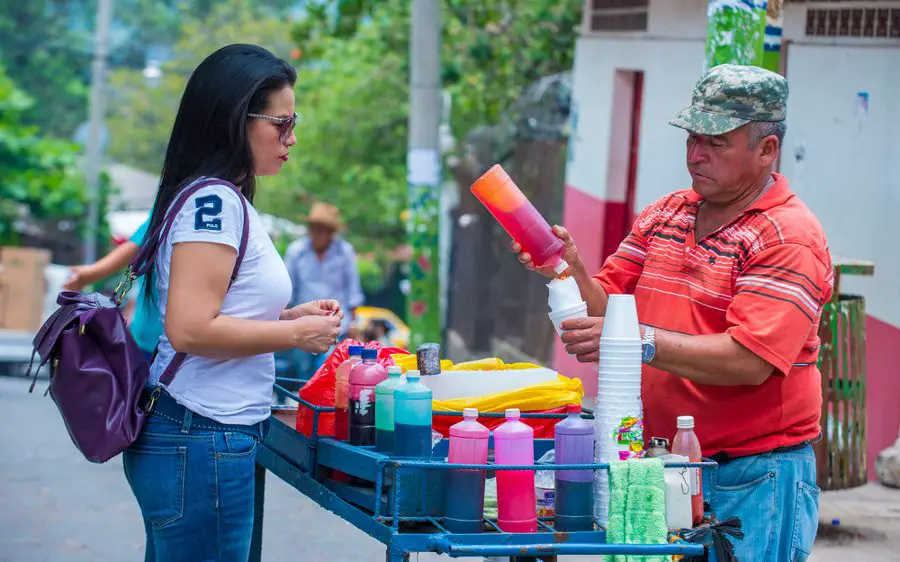
Religion in El Salvador culture
Religion plays a pivotal role in Salvadoran culture, with Catholicism, in particular, holding a profound influence. Roman Catholicism exerts a significant impact on the nation’s culture; for example, many of El Salvador’s holidays are deeply rooted in Catholic traditions.
Catholicism, or the Roman Catholic Church, has the highest following in the country, about 41%, followed by Evangelical Christians (about 19%), which includes Anglicans, Lutherans, Baptists, Pentecostals, Seventh-day Adventists, Mormons, and Jehovah’s Witnesses.
Most Salvadorans believe in God! And even though many do not have a religious affiliation, their cultural behavior is still influenced by religion.
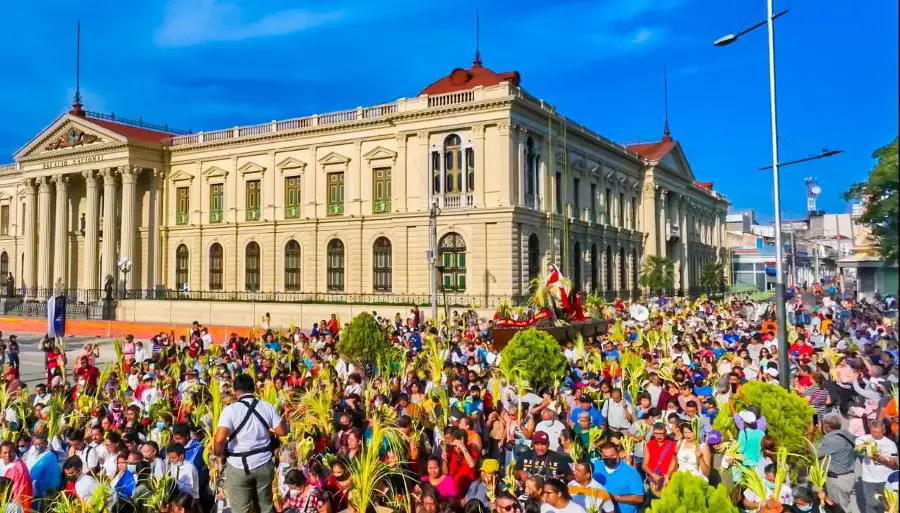
Salvadoran Customs and traditions
El Salvador’s culture is full of customs and traditions, some of which date back to colonial times. Some of the most widespread traditional festivities are celebrating Easter week, the August vacations, the Santa Ana festival, and the San Miguel carnival.
Municipality and districts in El Salvador have their festivities, which honor a patron saint or the history of the community.
These customary celebrations combine religious events with fun activities for visitors; examples of these festivities are the Nejapa Balls of Fire Festival, the Day of the Cross, and the Panchimalco Palms and Flowers Festival.
SEE ALSO: El Salvador Holidays and Celebrations: Exploring El Salvador’s Colorful Festivities!
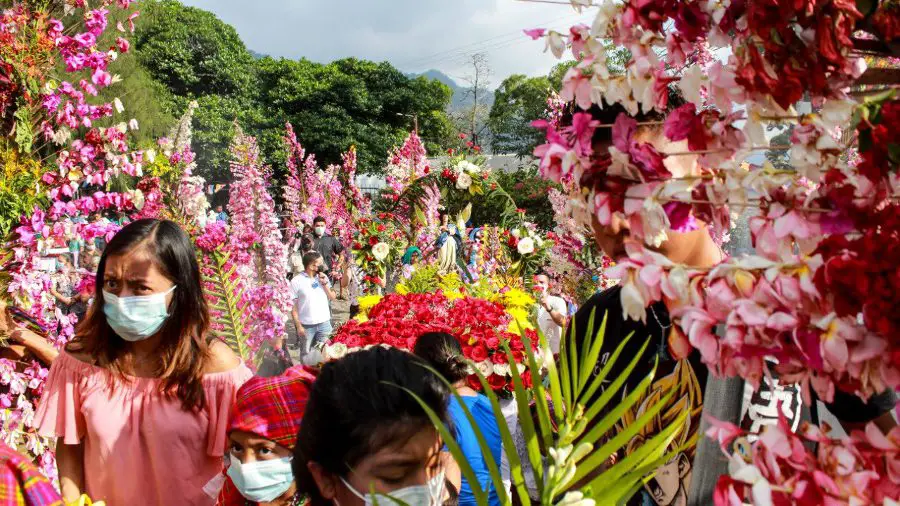
Salvadoran Cuisine
Salvadoran cuisine is a blend of Spanish and indigenous foods that began their history during colonial times. Corn-based meals are predominant in the Salvadoran diet.
Pupusas are the most recognized Salvadoran dish worldwide. This famous Salvadoran food is available in many restaurants worldwide as a meal or appetizer. Pupuisas can be found in El Salvador as street food everywhere.
Other popular Salvadoran dishes include tamales, soups, Yuca Frita con Chicharon, Empanadas, Pastelitos, Quesadillas, Panes con Pollo, and many more.
Salvadorans love Horchata de morro; this popular Salvadoran drink is prepared using Morro seeds combined with water or milk, cinnamon, nutmeg, and vanilla. Pilsener is the beer that most Salvadorans drink.
SEE ALSO: 20 Traditional Salvadoran Foods to Try Today. The Culinary Treasures of El Salvador
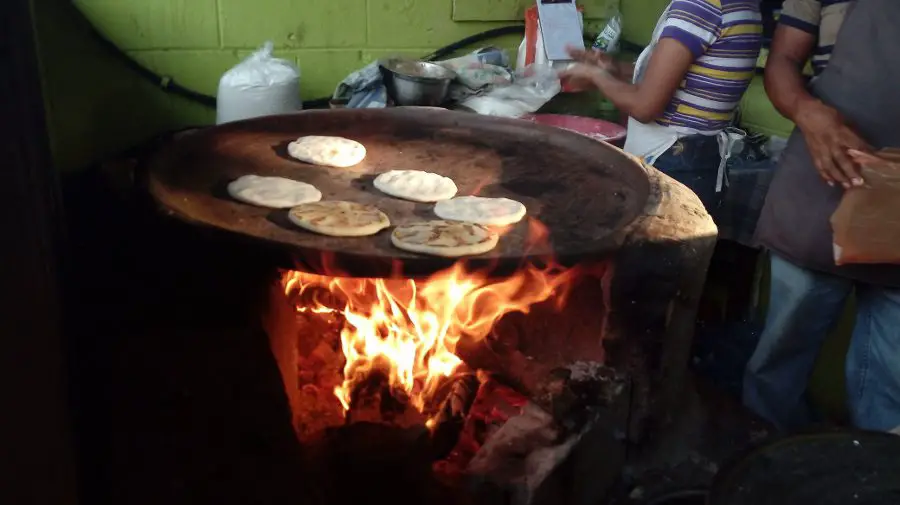
Languages Spoken in El Salvador
Spanish is the official language of El Salvador; it is the language you will need for all business and personal transactions and is the language spoken by Salvadorans.
English is the second language spoken by Salvadorans. English is familiar due to many Salvadorans who have spent time living in countries such as the United States, Canada, and England who have returned to the country.
Business, tourism, and international relations contribute to the demand for English in El Salvador, making it a valuable skill.
Pipil, the language of the Pipil Indians native to El Salvador, is only spoken by a small percentage of the population in small towns like Nahuizalco and Panchimalco.
Salvadoran arts and crafts
El Salvador is well-known for its colorful arts and crafts, made primarily in colorful small towns. These arts and crafts are an influential aspect of Salvadoran culture.
For example, Ilobasco is renowned for its artifacts made out of clay, and La Palma in Chalatenago is home to Neift art invented by Fernando Llort.
Also, there is San Sebastian, with its colorful looms, hammocks, and textiles, and Nahuizalco, with its furniture and artifacts made of wicker or tule.
El Salvador’s arts and crafts are a vibrant reflection of its rich culture. From intricate pottery and colorful textiles to traditional woodwork, these creations showcase the nation’s history, traditions, and indigenous influences, serving as important cultural symbols and sources of pride.
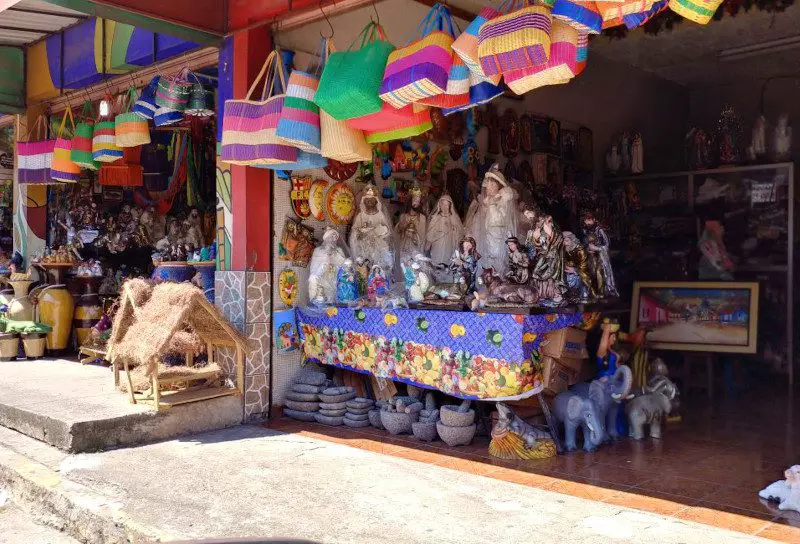
Salvadoran Music
The Folkloric music of El Salvador is Marimba. This music is played in combination with classical Salvadoran dances to show the culture of El Salvador.
Chanchona music and Zafacaite are other Salvadoran music played in small municipalities. Chanchona is an upbeat style of music that describes life in the countryside. Zafacaite is a fast-paced musical rhythm played by a duo or trio with a guitar, accordion, and violin.
Salvadorans love to dance; therefore, cumbia, salsa, and other tropical sounds are the preferred choices at home and during celebrations.
From the infectious rhythms of cumbia and salsa to the melodies of traditional folk music that emanate from rural areas, Salvadoran music is a captivating journey through El Salvador’s culture.
SEE ALSO: El Salvador Music: Unveiling the Rich Salvadoran Music Heritage!
Landmarks and Culture
El Salvador is a vibrant country with a land rich in history; its cultural heritage is portrayed with the tapestry of remarkable landmarks. These architectural treasures tell stories of resilience, heritage, and the country’s deep-rooted connection to its past.
From ancient Mayan ruins to colonial-era structures and modern urban icons, El Salvador’s landmarks stand as enduring symbols of its unique and dynamic culture.
SEE ALSO: El Salvador Landmarks: Exploring El Salvador’s Rich History Via Its Famous Landmarks!
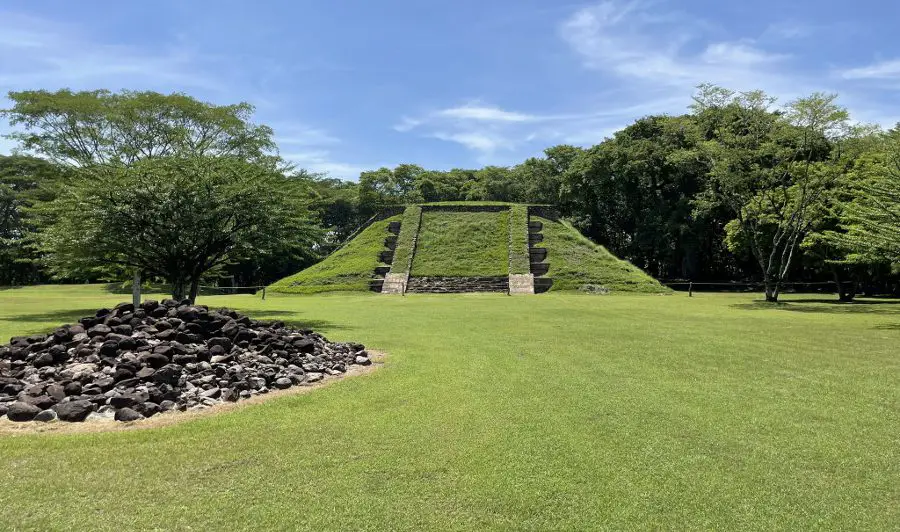
Sports in El Salvador
Salvadorans are passionate about soccer, which is the primary sport played and watched in El Salvador. Baseball and basketball are becoming quite popular but far apart from soccer.
Alianza, Fas, and Aguila are three of the most popular teams in El Salvador; they play in the El Salvador Soccer First Division or Primera Division de Futbol de El Salvador in Spanish.
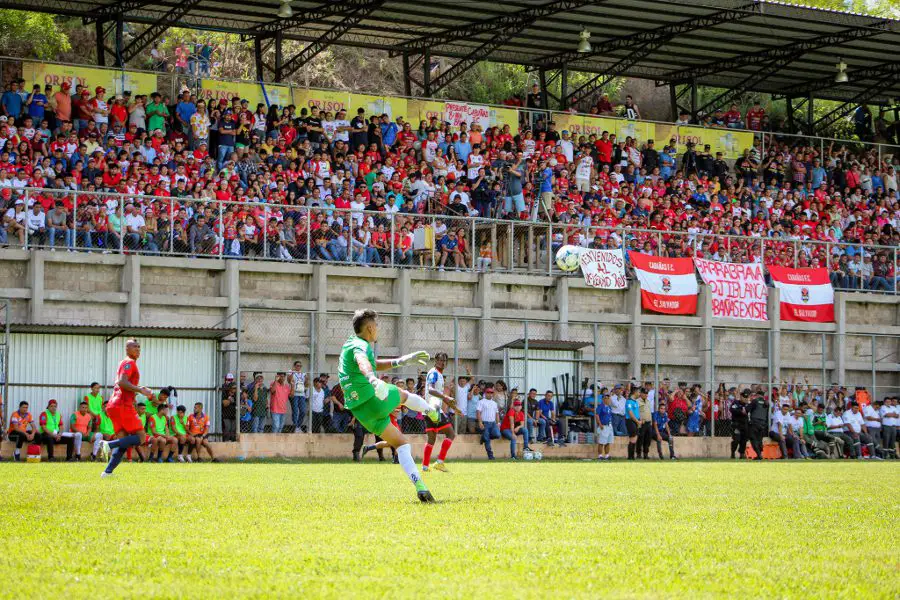
El Salvador culture
In summary, El Salvador’s culture is a captivating blend of indigenous roots, Spanish colonial history, and modern influences. Its people’s warmth, diverse traditions, and rich heritage create a unique cultural tapestry that continues to inspire and captivate those who explore its depths.
These traditional customs are what make the Salvadoran culture fascinating. Hopefully, by now, you have a general summary of what El Salvador culture is all about and what to expect when visiting or moving to El Salvador.

 Culture of El Salvador.
Culture of El Salvador.

